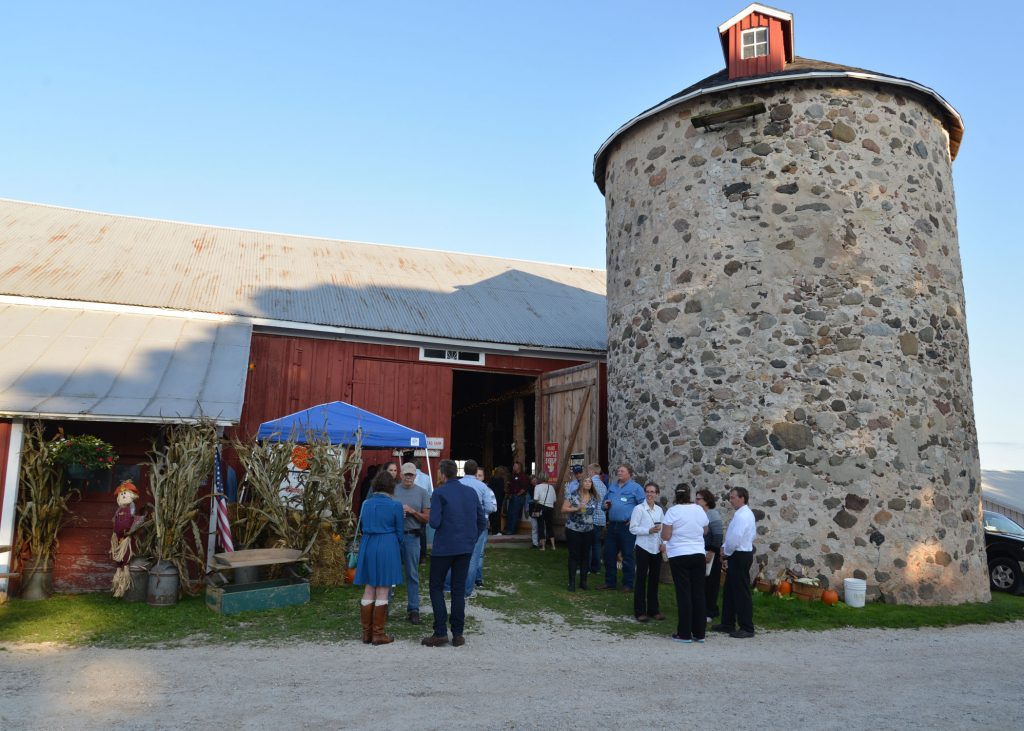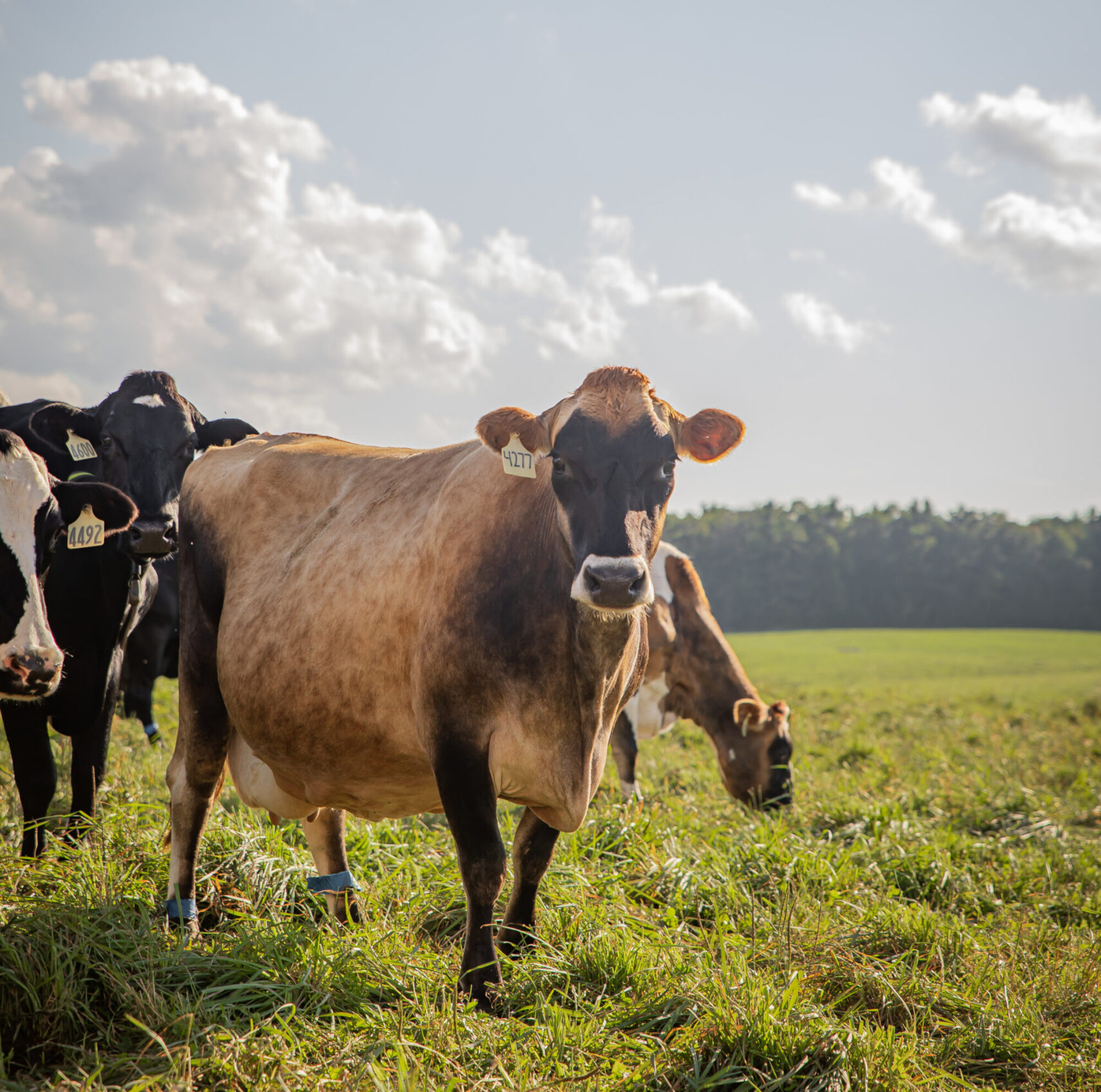Tickets are on sale for the annual barn dance fundraiser! Click here for more details, tickets, and sponsorship opportunities!


Family Farmed Since 1850, Pasture Grazed, Farmer Certified rBST-free Milk
Tickets are on sale for the annual barn dance fundraiser! Click here for more details, tickets, and sponsorship opportunities!

Hello to all of our family, friends, associates, and community members! In these uncertain times, we wanted to give the public the following important updates:
Farm visitor policy: We are keeping an eye on developments around Wisconsin’s Safer-At-Home order. At this time, our farm is still closed to the public. We are making this decision in the interest of the health & safety of our family and employees. As the situation develops and the state opens up, we will keep the public posted about our farm visitor policy.

Grass fed-finished beef update: We greatly appreciate the outpouring of public support for and interest in our grass fed-finished beef! The demand for our grass fed-finished beef has been so strong that we are sold out until September, 2020! We have available butcher dates for September, October and November, 2020. If you would like to place an order or have questions regarding an existing order, please send us a message via the Saxon Homestead Farm Facebook page, or call Emma Klessig at (920) 901-1014.
How are we doing? In spite of the incredibly challenging circumstances the COVID-19 pandemic has brought upon us, we’ve had a tremendous spring here on the farm. Almost 500 beautiful calves have been born so far on our farm this spring. The crops are planted, the pastures are growing, and our herd is healthy. Our talented and dedicated team of employees and family members are doing the essential work to keep our farm running. We truly have so much to be grateful for.
Our thoughts and prayers continue to be with the people around the world who are struggling in these trying times. We will get through this, together.
Thank you for your continued support of the Wisconsin farming community,
The Saxon Homestead Farm team
The 10th annual Barn Dance Fundraiser was a hit! With 175 people in attendance, the event raised about $13,000 for the non-profit organization, Lakeshore Natural Resource Partnership.
Watch the video below to see how barn dance attendees kicked up their heels and rocked the dance floor while our very own Justin Palm (Valerie Klessig’s husband) played with the band, Reckless Remedy! Wow, can you feel the energy in that barn!
We hope you can join us for future barn dances. We can assure you, it will be a night to remember!
Thanks to everyone who helped make this year’s Partnering for Progress annual barn dance a success at our farm! This annual event supports Lakeshore Natural Resource Partnership, Gathering Waters, and the Wisconsin School for Beginning Dairy and Livestock Farmers. A big thanks to the band Copper Box for keeping the dance floor hoppin’ all evening! Here’s a video of the band with special guest Justin Palm!
We had a wonderful time hosting folks from the 2017 New Holstein Super Cub Fly In this past weekend! Thank you to all the Supercub.org pilots, their families and friends, and to our community members for visiting our farm! It was an honor to host you all. Our 97-year-old grandmother, Margret, the farm matriarch, especially enjoyed watching the planes land in our pastures. Maybe by next year’s fly in Robert Klessig will have made those bumper stickers that say, “Real pilots have cow manure on their wheels”!